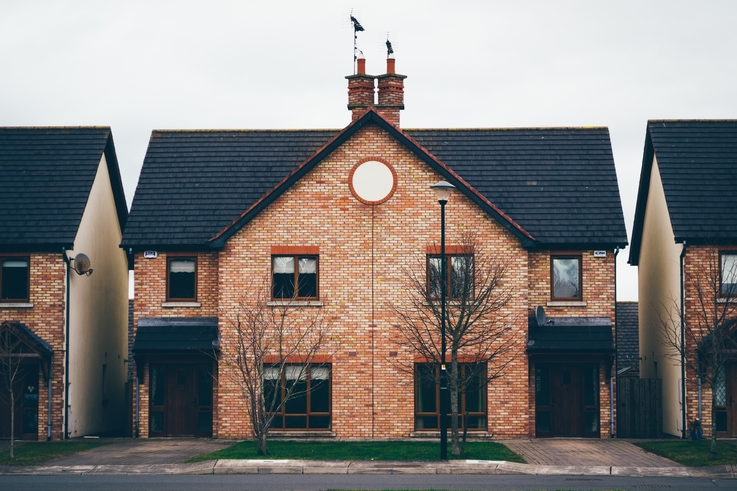Stamp duty land tax (SDLT) – or simply stamp duty – is a tax that a buyer pays when purchasing a residential property. The amount of stamp duty you pay is decided by two main variables: the price of the property and whether or not you’re a first-time buyer.
Like all tax, stamp duty is paid to the government. In fact, it’s been in place since 1694. Until the mid-1990s, buyers paid a 1% tax on homes costing over a certain amount. Stamp duty thresholds – or bands – were first brought in in 1997, meaning that more expensive properties would elicit higher taxation from buyers.
The stamp duty thresholds
Stamp duty is paid on both residential and non-residential properties. A residential property is considered to be any any building that is suitable for use as a dwelling or any land that forms part of the grounds of a dwelling. The percentage that you will have to pay as stamp duty depends on the value of the property and whether or not it is your first property.
The percentage of stamp duty that you pay will be higher if you are buying an additional property. Stamp duty on additional properties is an extra 3% on the standard rate. However, if the additional property costs less than £40,000 no stamp duty will be applied.
Stamp duty is paid as a percentage on each band of a property’s sale price. For instance, if you were to buy a house for £275,000 the stamp duty thresholds are as follows. 0% on the first £125,000, 2% on the next £125,000 and 5% on the final £25,000 – a total of £3,750. Stamp duty rates are higher when purchasing a second property and you will have to pay 3% extra per band.
You can use this handy calculator provided by the government to work out the stamp duty cost on your property.
Stamp duty thresholds for first-time buyers
In recent years, the government has been working to make it easier for first-time buyers to purchase their own property. Part of the plan to help people get onto the property ladder is by offering substantial stamp duty relief. For first time buyers, you won’t have to pay any stamp duty on properties up to £300,000 rather than the usual threshold of £125,000.
Stamp duty thresholds for non-residential properties
Stamp duty is not only levied against residential property. Non-residential properties also require a buyer to pay stamp duty, though the thresholds and rates are different. Non-residential property covers a range of property types, including commercial units, offices and agricultural land.
For more information on stamp duty and professional advice on how much you can afford to spend on a home, get in touch with the friendly IMC team today.

